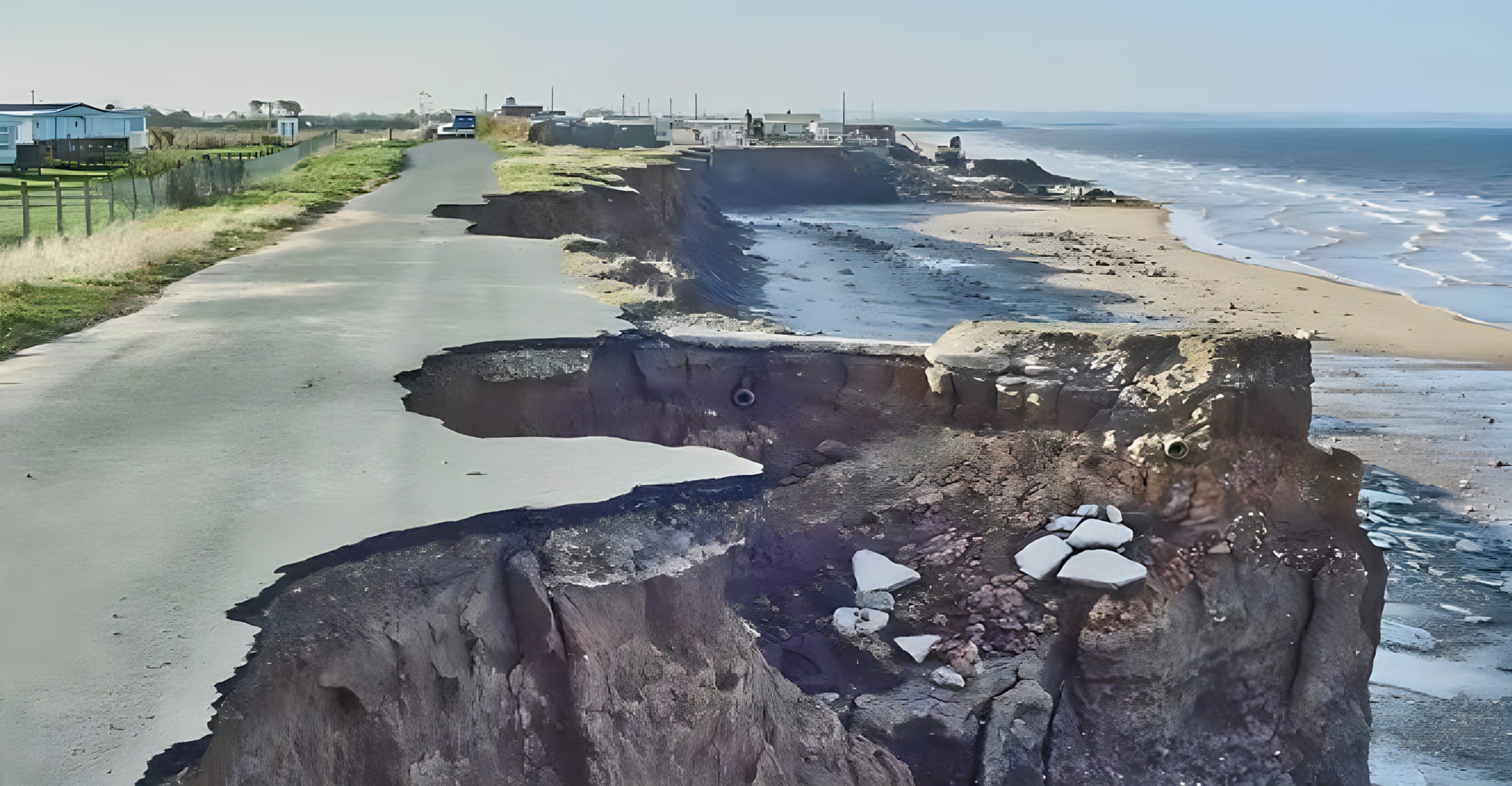
Global warming is increasingly recognized as a critical factor influencing natural disasters, particularly in coastal regions. Recent studies have highlighted the alarming potential for rising sea levels to amplify tsunami risks in the Mediterranean. This article delves into the implications of these findings, emphasizing the urgent need for proactive measures to protect vulnerable coastal communities.
Escalating Tsunami Risks
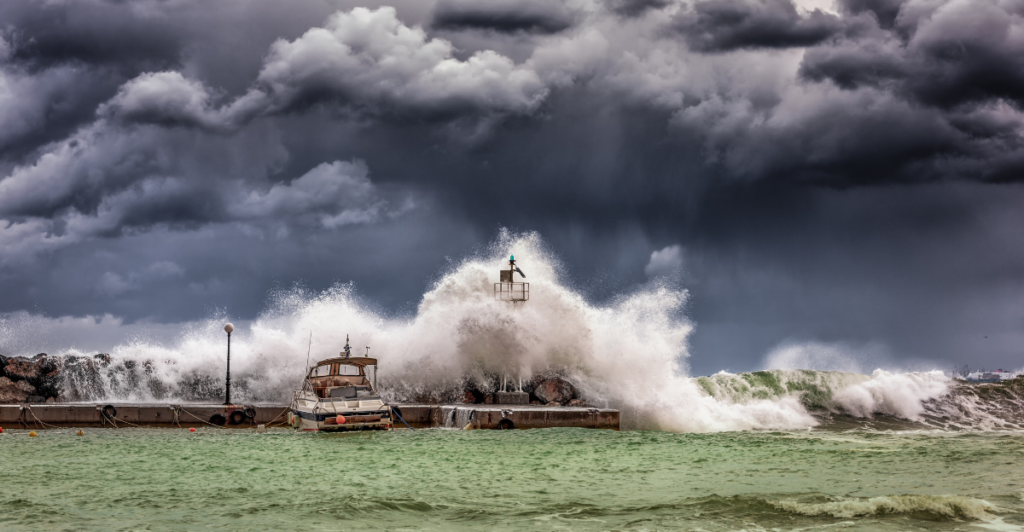
Recent projections indicate that the likelihood of 1–2-meter-high tsunami waves affecting Mediterranean coastlines could surge from 10% to 30% over the next 50 years. This significant increase poses a serious threat to densely populated areas along the Mediterranean Sea, highlighting the urgent need for effective risk management strategies.
The Role of Climate Change
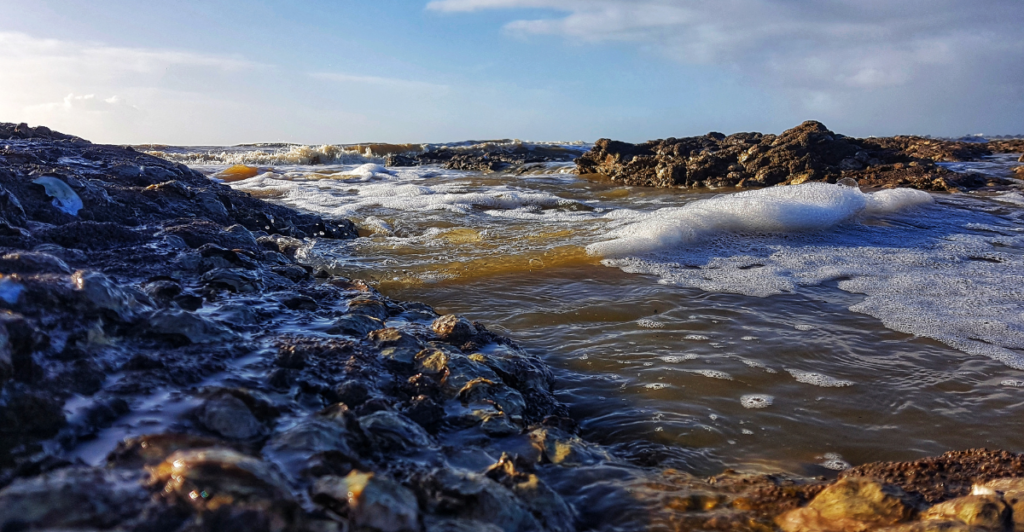
The Intergovernmental Panel on Climate Change (IPCC) has estimated that global sea levels may rise by up to 1.1 meters by 2100 due to climate change. This rise, combined with coastal subsidence, is expected to exacerbate tsunami-induced flooding risks, especially in low-lying regions.
Innovative Research Approaches
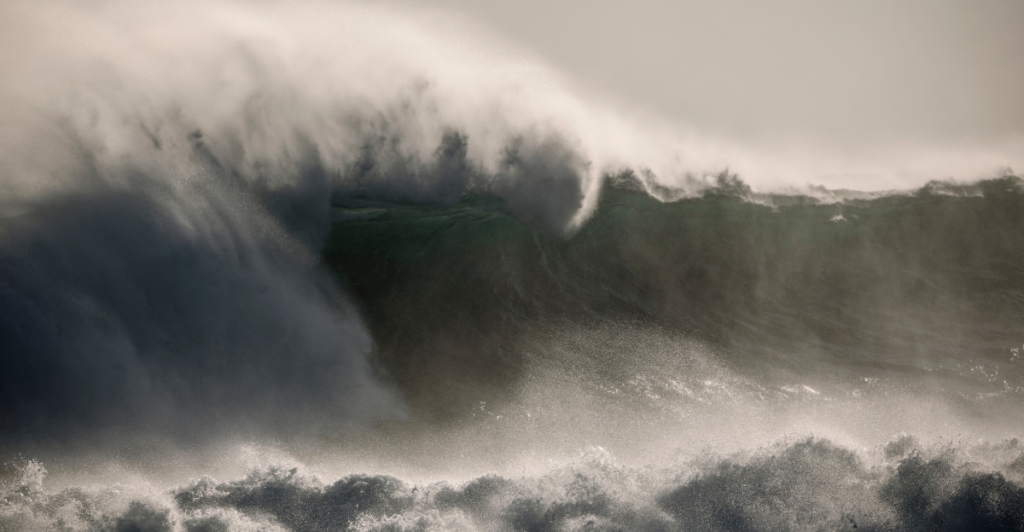
Two groundbreaking studies conducted by researchers at Italy’s National Institute of Geophysics and Volcanology (INGV) have introduced a novel methodology for assessing tsunami risks. For the first time, these studies combine vertical coastal movements, such as subsidence, with sea-level rise projections to create more accurate risk evaluations.
Impacts on Coastal Communities
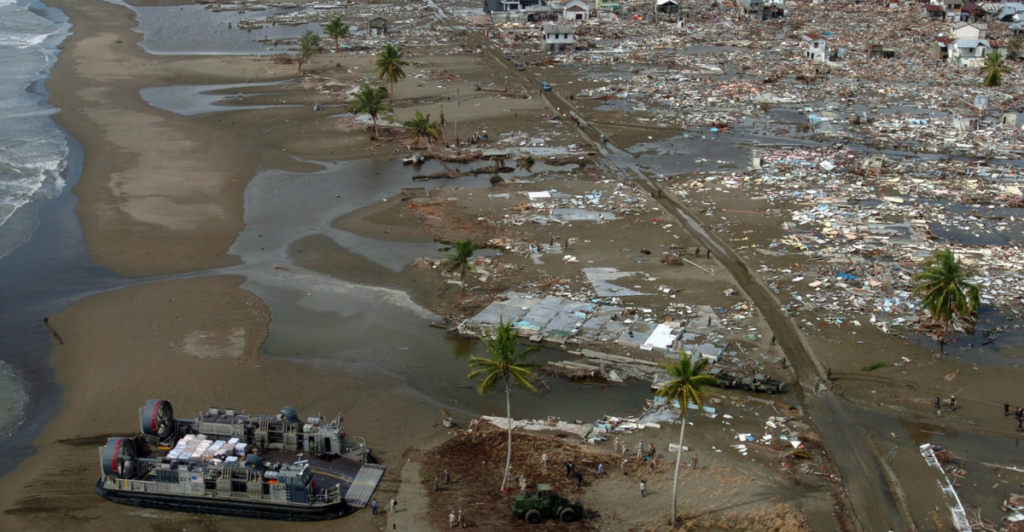
The findings from these studies suggest that global warming and geological movements could significantly heighten tsunami hazards in the Mediterranean over the coming decades. This increased risk threatens approximately 150 million people living in vulnerable coastal areas.
Geological Movements and Tsunami Risks
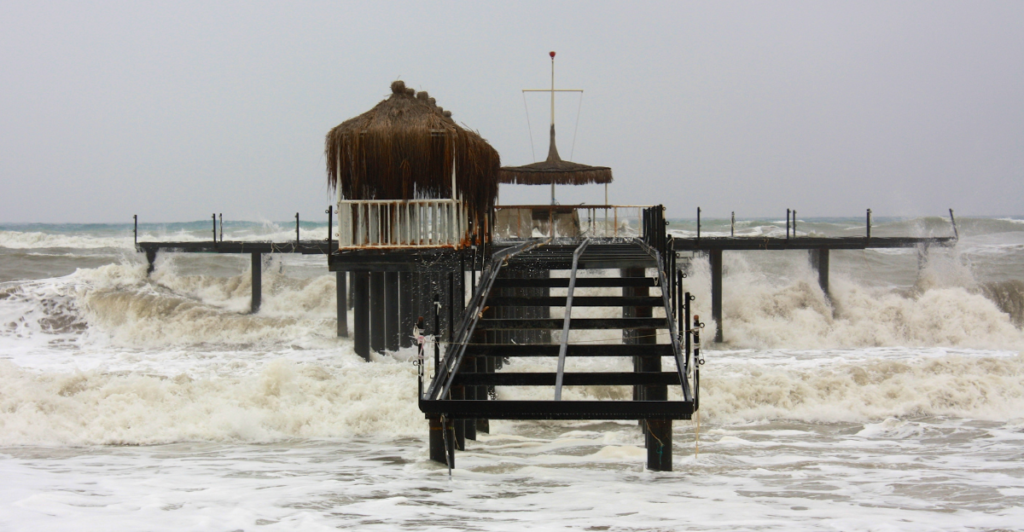
Anita Grezio, the lead researcher at INGV, explains that their analysis focused on how geological movements interact with rising sea levels. Areas where the ground is naturally subsiding are particularly at risk, as these geological changes can aggravate tsunami impacts.
New Tools for Risk Assessment

The research provides new tools for assessing tsunami risks by incorporating future scenarios that account for both climate change and geological phenomena. This innovative approach aims to enhance preparedness and response strategies for affected communities.
European Union Initiatives
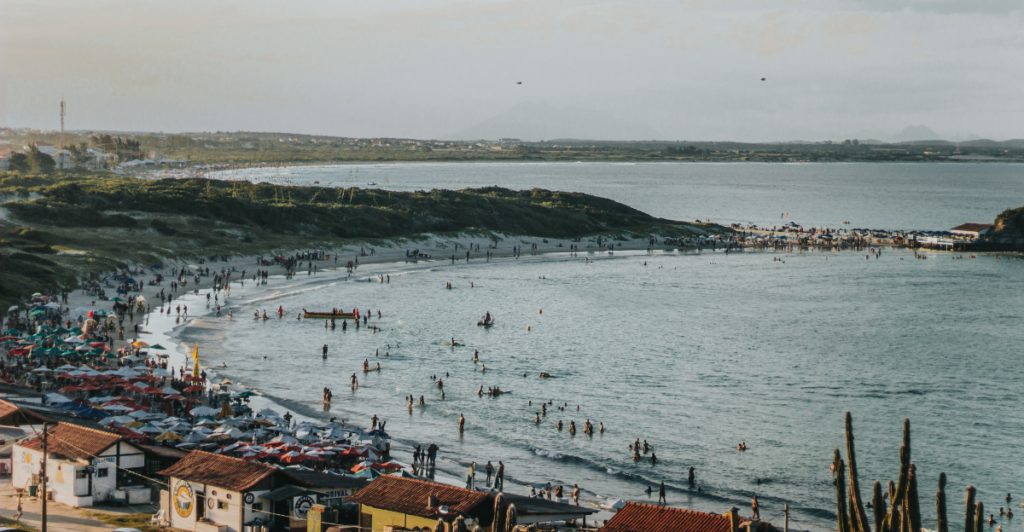
These studies are part of two EU-funded projects coordinated by INGV: Savemedcoasts2 and TSUMAPS-NEAM. These initiatives aim to improve risk assessment tools and resilience strategies for vulnerable Mediterranean coastal areas, emphasizing the importance of integrating climate and geological data.
The Need for Immediate Action
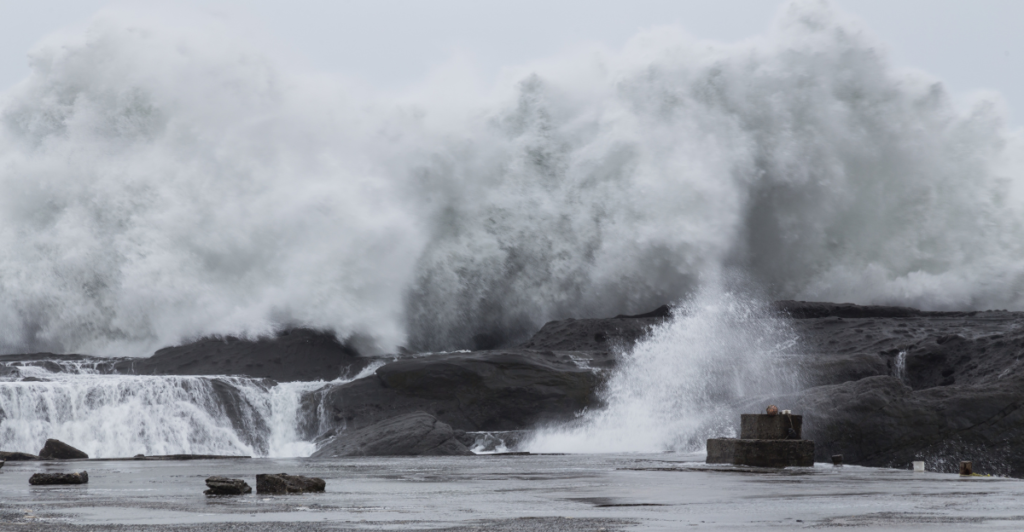
The compounded risks posed by global warming and tectonic activity underscore the necessity for immediate action to protect Mediterranean coastal populations. Enhanced planning and management strategies are crucial to mitigate potential disasters stemming from increased tsunami risks.
Slow-Onset Events and Their Challenges
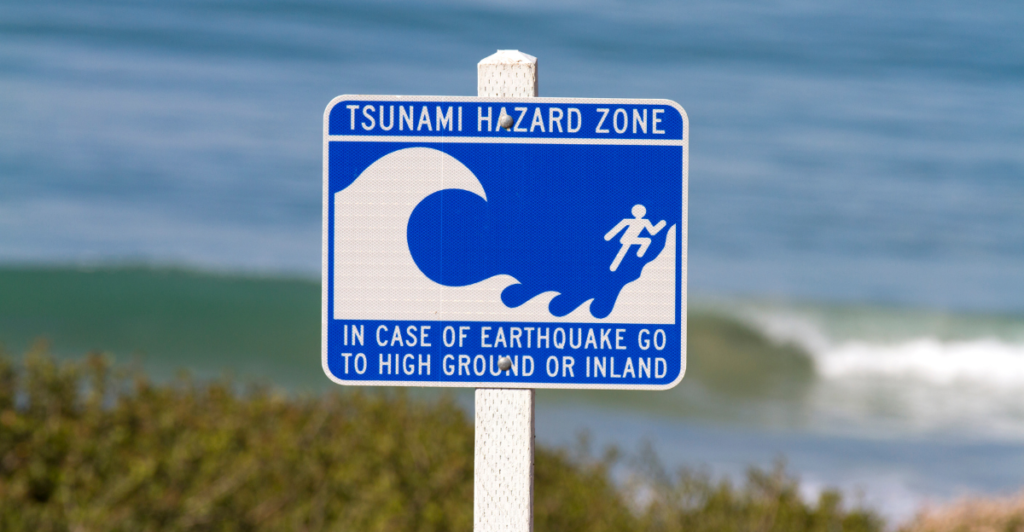
Among the many impacts of climate change, slow-onset events like sea-level rise are particularly challenging to predict and mitigate. As these changes become more pronounced, coastal communities must adapt to new realities that include heightened disaster risks.
Future Projections
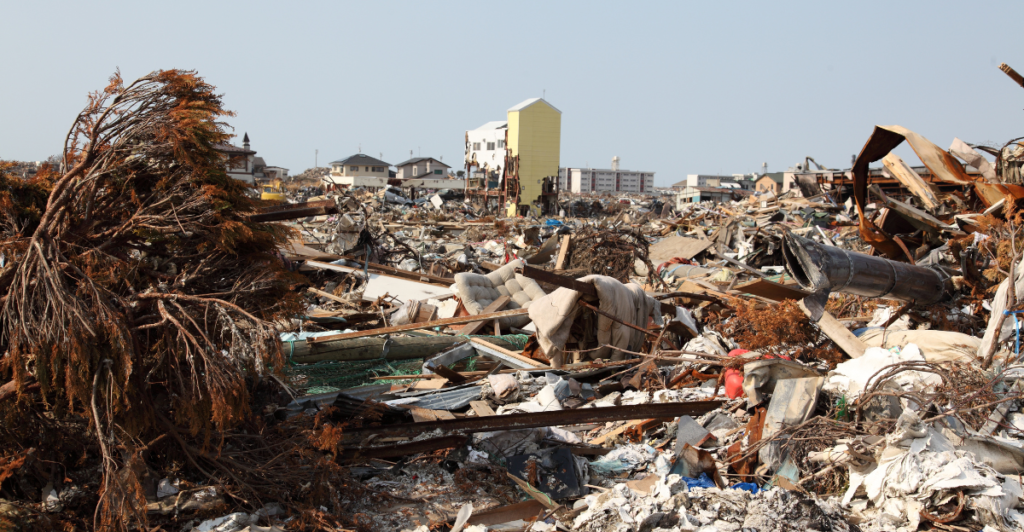
As sea levels continue to rise—currently around 4 mm per year but accelerating—coastal areas will face increasing threats from natural disasters like tsunamis. The integration of geological movement analyses into risk assessments represents a significant advancement in understanding these threats.
A Call for Preparedness

The research conducted by INGV serves as a dire warning for coastal communities in the Mediterranean. With rising sea levels and geological movements compounding tsunami risks, it is imperative that local governments and organizations prioritize preparedness measures to safeguard lives and infrastructure.
Final Thoughts
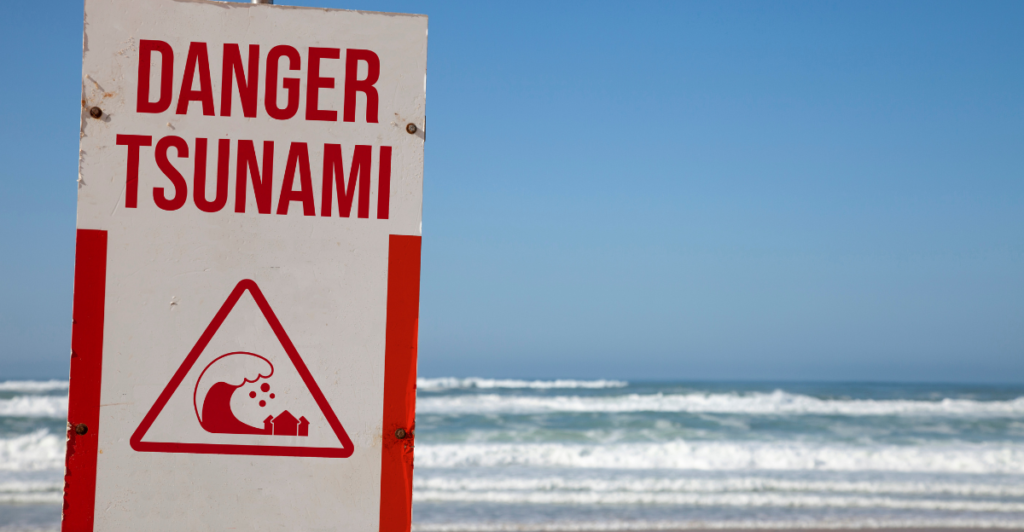
As global temperatures continue to rise, understanding the interconnectedness of climate change and natural disasters becomes crucial. The Mediterranean region, with its unique vulnerabilities, requires focused attention and action to address these escalating threats effectively.
Discover more of our trending stories and follow us to keep them appearing in your feed

A Climate ‘Time Bomb’ in the Mediterranean Threatens Global Weather—Is the U.S. Prepared?
Climate Change Overestimated? New Data Shows Oceans Are Cooling The Planet Faster Than Predicted
Deepest Hole On Earth Permanently Sealed After 2 Billion Year Old Discovery
The War on Cows Is Over—And Green Extremists Have Lost
References:
Reference 1
Reference 2
Reference 3
This article first appeared here
Stay connected with us for more stories like this! Follow us to get the latest updates or hit the Follow button at the top of this article, and let us know what you think by leaving your feedback below. We’d love to hear from you!







